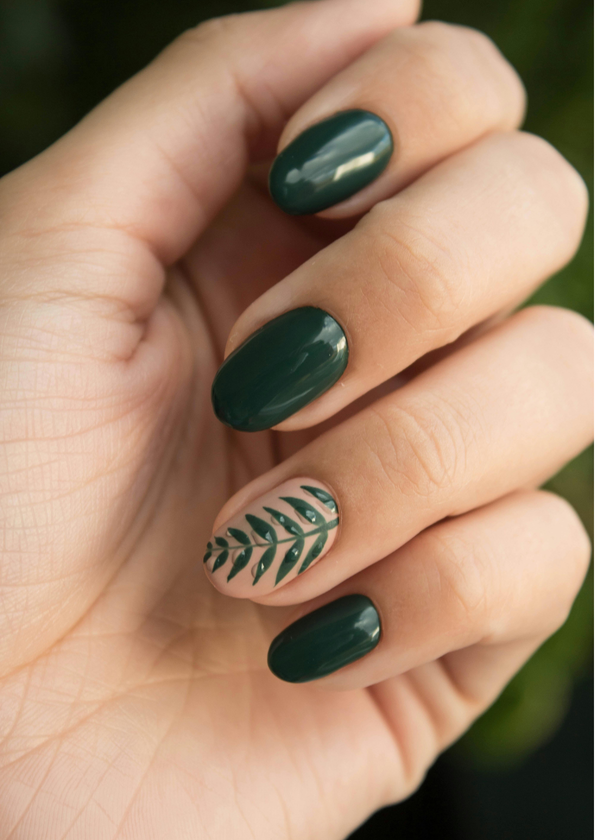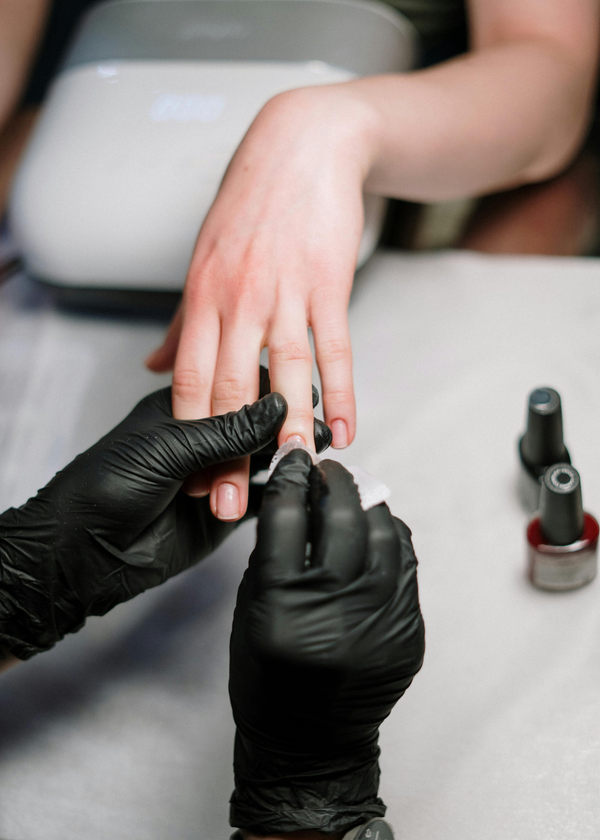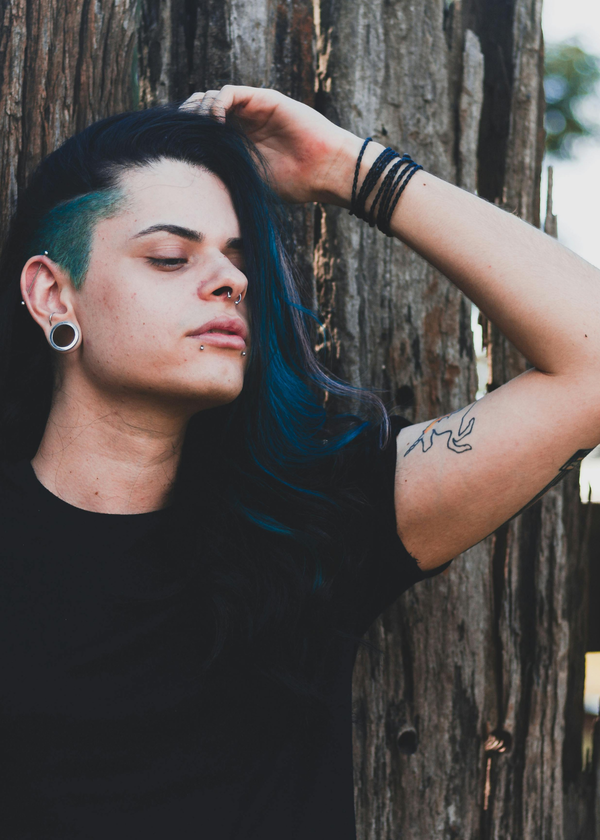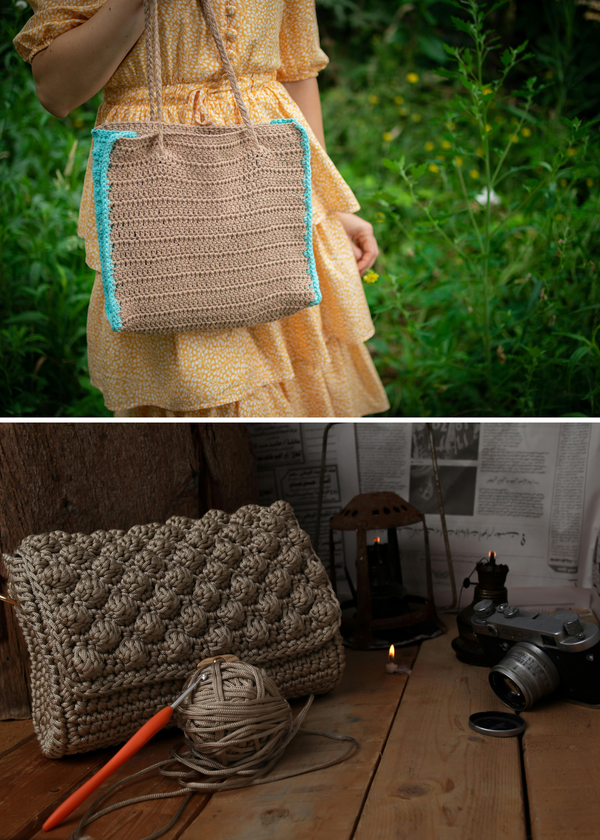Hair botox has become a buzzword in the beauty industry, promising to transform aging hair into a vision of youthful vitality. But amidst the glowing testimonials, a critical question arises: is hair botox damaging to hair? This article delves into the intricacies of hair botox treatments, examining their effects on hair health and debunking common misconceptions.
What Exactly is Hair Botox?
Contrary to what the name might suggest, hair botox does not involve injecting botox, or botulinum toxin, into the scalp. Instead, it's a deep conditioning treatment that coats hair strands with a filler, such as keratin. The treatment fills in any broken hair fibers, smoothing out the hair cuticles and improving the overall appearance of the hair shaft.
The Composition of Hair Botox Treatments
Hair botox treatments typically contain a blend of caviar oil, collagen complex, vitamins like B5 and E, and fatty acids. These ingredients are known for their hair-nourishing properties. Unlike many keratin treatments, hair botox is free from harsh chemicals like formaldehyde, making it a safer option for hair health.
Benefits of Hair Botox
The benefits of hair botox are numerous. It can add shine, reduce frizz, and make hair smoother and more manageable. For those with fine hair, hair botox works to plump up the hair shaft, giving the appearance of fuller, more voluminous hair. Additionally, it can help repair damaged hair, making it a popular choice for those who frequently use heat styling tools.
Misconceptions About Hair Botox
One common misconception is that hair botox works similarly to actual botox used to smooth skin. However, hair botox does not affect the muscles or skin and is purely a topical, deep conditioning hair treatment. It's also often confused with treatments like the Brazilian blowout, but while both aim to straighten hair and reduce frizz, their formulations and results can differ significantly.
Is Hair Botox Damaging to Hair Strands?
When it comes to hair health, the question of whether hair botox is damaging is paramount. Generally, hair botox is considered a safe treatment that can even help to repair damaged hair fibers. However, like any chemical treatment, the potential for damage exists if the product is misused or overused.
How Does Hair Botox Work on Different Hair Textures?
Have you ever wondered how hair botox work across the diverse landscape of hair textures? Well, it's quite fascinating. For those with curly or wavy locks, hair botox seeps into each hair cuticle, smoothing out the kinks and reducing frizz. This transformative treatment coats each hair strand, leaving it feeling silkier and looking shinier. It's not just about the aesthetics, though; the process also helps to repair damage, making your mane healthier in the long run.
Now, if you're someone with straight hair, you might think hair botox isn't for you. But here's the scoop: even straight hair can suffer from dullness and dryness. Hair botox acts as a deep conditioning agent, penetrating wet hair to rejuvenate and add that coveted glossy sheen. It's like a spa day for your hair, where essential oils and vitamin E work their magic to mend split ends and enhance the overall texture. So, no matter your hair type, hair botox can be a game-changer for achieving that smooth, shiny hair you've been dreaming of.
The Synergy of Hair Botox with Other Hair Care Practices
Combining hair botox with other hair care practices can elevate your hair game to a whole new level. Think of it as a tag team where each player brings something unique to the table. For instance, using a hair mask post-botox treatment can extend the benefits, locking in moisture and nutrients. This dynamic duo works together to fortify the hair strand from the inside out, ensuring your locks stay luscious for longer.
But let's not forget the role of heat styling. While too much heat can be detrimental, when used correctly, tools like the flat iron can complement hair botox treatments. After the botox application, a board-certified dermatologist or a trained stylist might use a flat iron to seal the product into your hair. This helps to maintain that straight position and smoothness you love. Just remember, moderation is key, and always protect your hair with a heat protectant to maintain that keratin treatment-like sleekness without any real botox involved.
The Role of Professional Application
To minimize the risk of hair damage, it's essential to have hair botox treatments applied by a professional. A board-certified dermatologist or a licensed hairstylist can ensure that the treatment is suitable for your hair type and is applied correctly. They can also advise on the frequency of treatments to prevent over-saturation of the hair with protein, which could lead to brittleness.
Aftercare and Maintenance
After receiving a hair botox treatment, proper aftercare is crucial. This includes using sulfate-free shampoos and conditioners, avoiding saltwater and chlorine, and limiting the use of heat styling tools. Following these guidelines can prolong the effects of the treatment and help maintain hair health.
Comparing Hair Botox to Other Deep Conditioners
Hair botox is often compared to other deep conditioners and hair masks. While the goals are similar—to hydrate and nourish the hair—hair botox is designed to last longer and penetrate deeper into the hair cuticles. This provides a more intensive restoration for aging or damaged hair.
Scientific Evidence and Medical Associations
The United States Food and Drug Administration (FDA) does not regulate hair botox treatments as they do not contain actual botox. However, it's important to look for products with scientific evidence backing their claims. Reputable brands and medical associations can provide guidance on the safety and efficacy of hair botox products.
Personalized Treatments for Different Hair Types
Hair botox can be customized to suit various hair types, from curly to straight, and fine to thick. The key is to adjust the formula and application process to cater to the specific needs of each hair type, ensuring optimal results and minimizing the risk of any adverse effects.
FAQs
Q: Can hair botox cause hair loss?
A: Hair botox treatments, when applied correctly, do not cause hair loss. In fact, they can strengthen the hair and promote hair growth by nourishing the scalp and hair fibers.
Q: How often should I get hair botox treatments?
A: The frequency of hair botox treatments depends on your hair type and condition. Generally, treatments are recommended every 3-6 months. It's best to consult with a professional to determine the ideal schedule for your hair.
Q: Is hair botox suitable for all hair types?
A: Yes, hair botox can be tailored to suit all hair types. However, the specific formula and application technique may vary depending on the hair's texture and condition. A professional can help customize the treatment for your hair's unique needs.
Summary
Hair botox is a deep conditioning treatment that promises to rejuvenate hair by filling in broken fibers, smoothing hair cuticles, and adding shine. It is not the same as botox injections for the skin and does not contain botulinum toxin. When applied by a professional and followed up with proper aftercare, hair botox is not damaging to hair and can actually repair and protect it. As with any treatment, it's important to consider the individual needs of your hair and consult with a professional to ensure the best results.








